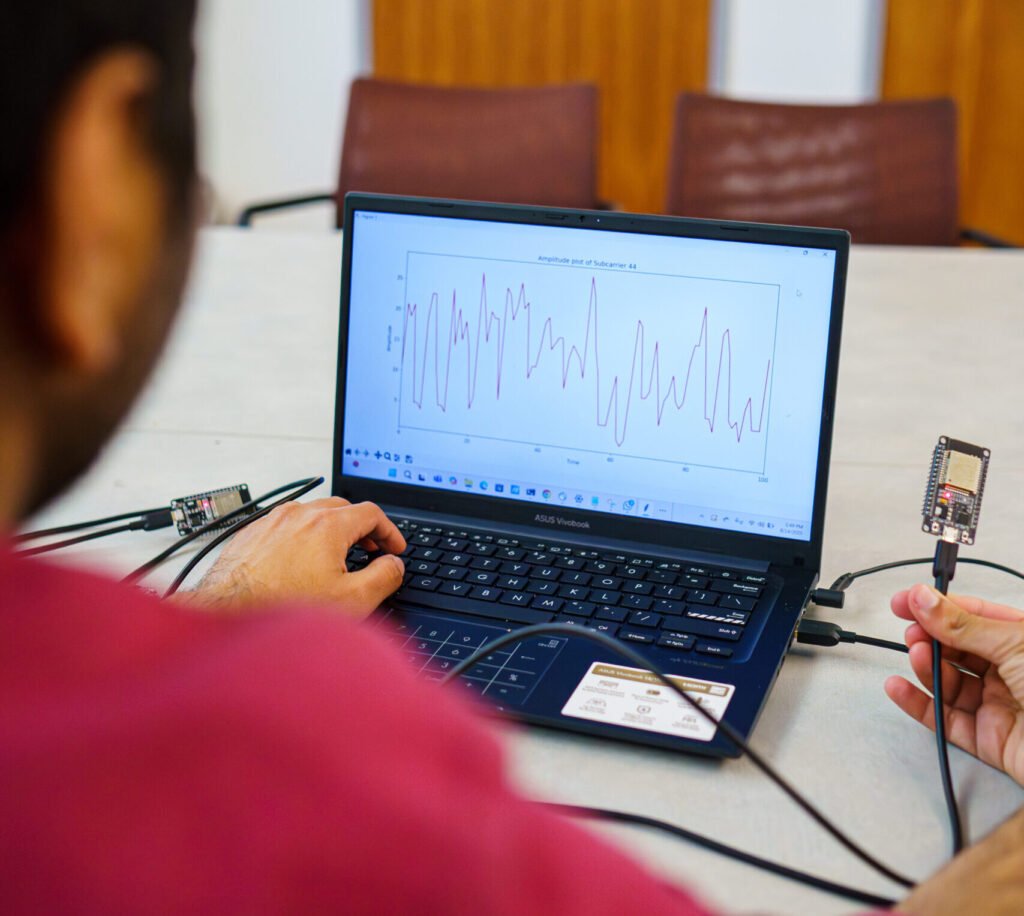Researchers at the University of California, Santa Cruz have developed a breakthrough system called “Pulse-Fi” that uses everyday WiFi signals to measure heart rate with clinical-level accuracy—no wearables or contact devices required. This innovation could make health monitoring more accessible, especially in low-resource settings, and pave the way for nonintrusive, ambient health tracking in homes and clinics.
Pulse-Fi works by analyzing how WiFi radio waves interact with the human body. As these signals pass through a room, they are subtly altered by the movement of a person’s chest during each heartbeat. The system uses a WiFi transmitter and receiver, paired with a machine learning algorithm, to detect and isolate these tiny fluctuations. The researchers trained the algorithm to filter out environmental noise and distinguish the signal patterns caused by heartbeats.
In a study involving 118 participants, the system achieved remarkable accuracy. After just five seconds of monitoring, Pulse-Fi could measure heart rate with an error margin of only half a beat per minute. It performed reliably across 17 different body positions, whether the person was sitting, standing, lying down, or walking. The system also worked at distances of up to 10 feet, and further testing suggests it may be effective at even greater ranges.
What makes Pulse-Fi especially promising is its affordability. The researchers used ultra-low-cost ESP32 chips, which retail for $5 to $10, and Raspberry Pi devices costing around $30. Despite the modest hardware, the system delivered performance comparable to hospital-grade monitors. More expensive commercial routers could potentially enhance accuracy even further.
To train their algorithm, the team created a custom dataset by pairing WiFi signal data with readings from standard pulse oximeters. They also validated their system using an existing dataset from Brazilian researchers who had used Raspberry Pi devices for similar experiments.
Beyond heart rate, the team is now working to extend Pulse-Fi’s capabilities to detect breathing rate, which could help identify conditions like sleep apnea. Early results are promising, and the researchers believe the system could eventually support a wide range of health metrics.
Article from UC Santa Cruz: WiFi signals can measure heart rate—no wearables needed
Abstract in IEEE Xplore: Pulse-Fi: A Low-Cost System for Accurate Heart Rate Monitoring Using Wi-Fi Channel State Information

